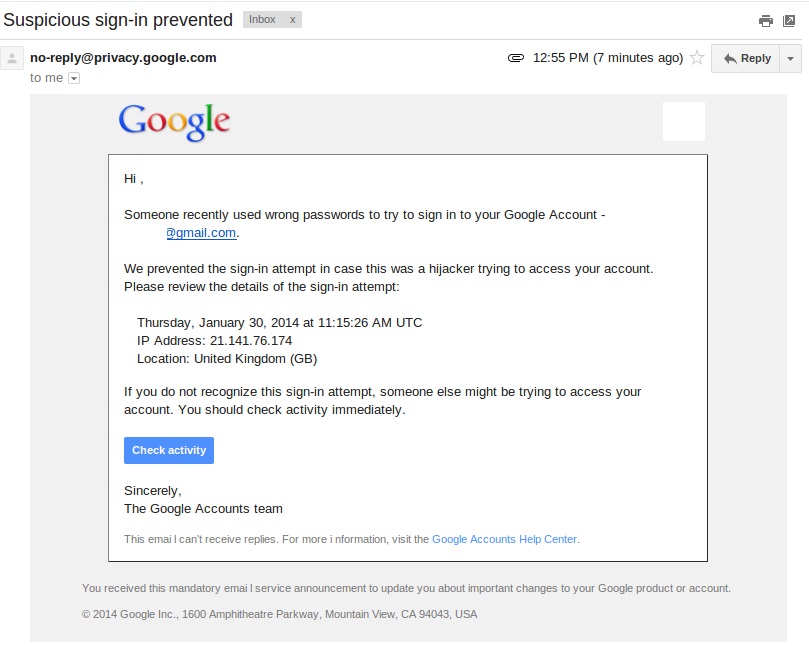Creating Phishing Sites for Online Banking: A Study on Cybersecurity T…
페이지 정보
Jarrod Walter 0 Comments 2 Views 25-04-20 09:11본문
 Phishing, a method of cyber intrusion, has grown increasingly sophisticated and prevalent in recent years, especially targeting online banking systems. The development of phishing sites, which masquerade as legitimate banking platforms, exploits user trust to steal sensitive information such as usernames, passwords, and financial data. This article aims to dissect the underlying mechanisms of phishing site creation and explore the implications for online security.
Phishing, a method of cyber intrusion, has grown increasingly sophisticated and prevalent in recent years, especially targeting online banking systems. The development of phishing sites, which masquerade as legitimate banking platforms, exploits user trust to steal sensitive information such as usernames, passwords, and financial data. This article aims to dissect the underlying mechanisms of phishing site creation and explore the implications for online security.Understanding Phishing
Phishing is a form of social engineering where an attacker impersonates a trusted entity to deceive users. Cybercriminals often target online banking customers as these platforms are prime candidates for monetary gains. The success of phishing attacks hinges on several factors including the efficacy of the fake website, the method of traffic redirection, and user perception.
Components of a Phishing Site
Creating a phishing site involves several critical components. Below is a breakdown of the attributes that characterize an effective phishing site:
- Domain Name Registration:
- Website Design:
- Backend Setup:
- Traffic Generation:
- Email Campaigns: Sending mass emails to potential victims that appear to be from the legitimate bank, often including messages of urgency, such as a security alert requiring immediate action.
- Social Media and Instant Messaging: Utilizing social platforms to spread links to the phishing site.
- Search Engine Optimization (SEO): Manipulating search engine results to make the phishing site appear legitimate.
- SSL Certificates:
- Data Retrieval:
Legal and Ethical Implications
From a legal standpoint, creating phishing sites is a serious crime in virtually every jurisdiction. Data theft, identity fraud, and financial scams can lead to severe punishments, including imprisonment. However, understanding these mechanisms can be invaluable for cybersecurity professionals aiming to better defend against such attacks.
Countermeasures Against Phishing
As phishing tactics evolve, so too do the countermeasures. Key strategies to combat phishing include:
- User Education: Regular training programs should be established to inform users about phishing tactics, warning them to scrutinize unusual emails or messaging that prompts them for personal data.
- Two-Factor Authentication (2FA): Encouraging the use of 2FA adds an additional layer of security, making unauthorized access significantly more difficult.
- Robust Reporting Mechanisms: Institutions should provide quick reporting routes for potential phishing attempts, which can accelerate response and mitigation efforts.
- Regular Monitoring: Continual surveillance of online traffic and the presence of imitation sites can help banks to shut down phishing sites quickly.
Conclusion
The creation of phishing sites represents a significant threat to the cybersecurity landscape of online banking. As tactics become more advanced and results more lucrative, users and institutions alike must collaborate to implement stringent security measures and foster a culture of caution. By recognizing the methods and motivations of cybercriminals, stakeholders can better defend against this pervasive form of digital deception.
댓글목록
등록된 댓글이 없습니다.